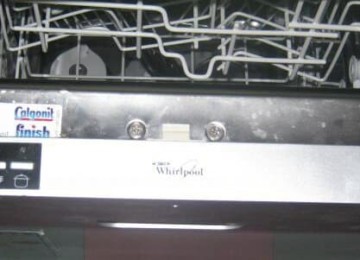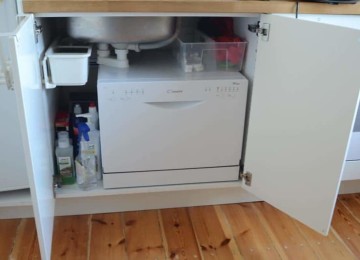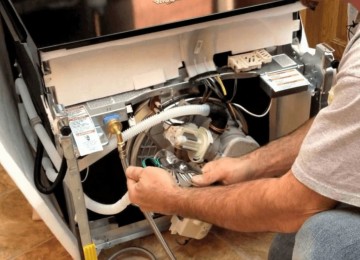 Undoubtedly, the dishwasher is a very good assistant for every housewife in the kitchen. However, like any type of household appliance, it can break down, which will lead to incorrect operation or complete breakdown.
Undoubtedly, the dishwasher is a very good assistant for every housewife in the kitchen. However, like any type of household appliance, it can break down, which will lead to incorrect operation or complete breakdown.
Let's assume that dirty dishes were loaded into such an indispensable home assistant, the necessary program was set, and the washing process itself began. However, after a certain time, it becomes clear that the dishwasher does not drain the water and stands, instead of, as usual, cleaning the dishes.
The situation associated with such a breakdown of the dishwasher is quite unpleasant, and it is quite difficult to solve it on your own.
In this information material, we will consider in detail the process of the dishwasher, learn about the circulation of water inside the unit, and also study various options for malfunctions in the machine and methods for eliminating them.
How does the dishwasher work
The principle of operation of a dishwasher is very similar to that of a washing machine. The only difference is that the water moves differently. Water in such a machine circulates only when dishes are being washed. A distinctive feature of dishwashers is that the initially loaded water is used multiple times during the entire washing cycle.
After the first use, it is passed through coarse and fine filters. Subsequently, the same water is used in the washing process, and then in rinsing the dishes. In normal mode, this cycle is repeated twice. Due to this, significant water savings occur. After the dishwasher has finished working, dirty liquid is removed through the drain system.
The principle of water movement in a dishwasher
In order to find out about the reasons for stagnant water in the device, you should first understand how such equipment works. 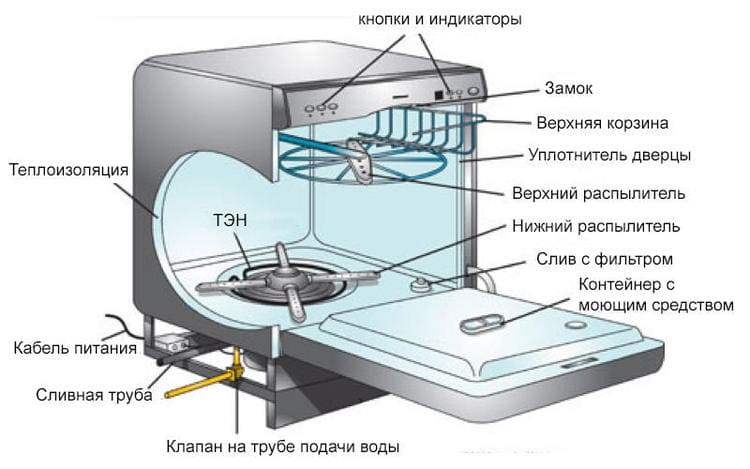
Let's consider the circulation of water in the drain and wash mode.
After starting the machine, the dishwashing process begins. In this case, the pump pumps water in a closed cycle. After the water passes through the sprayers, it combines with the cleaning agent and gets onto the surface of the dishes loaded into the device. After they are cleaned, the water flows down to the bottom of the built-in chamber with the food residues. From there, the water is sucked up by the pump through the filters, so that it can be used again by the sprayers after cleaning. This cycle is repeated twice. This saves water consumption. After the washing process is complete, the water is drained. It must pass through the filters again, and then flow into the sewer through the drain hose.The principle of operation of a dishwasher is very similar to that of a washing machine. The only difference is that the water moves differently. Water in such a machine circulates only when dishes are being washed. A distinctive feature of dishwashers is that the initially loaded water is used multiple times during the entire washing cycle.
After the first use, it is passed through coarse and fine filters. Subsequently, the same water is used in the washing process, and then in rinsing the dishes. In normal mode, this cycle is repeated twice. Due to this, significant water savings occur. After the dishwasher has finished working, dirty liquid is removed through the drain system.
The principle of water movement in a dishwasher
In order to find out about the reasons for stagnant water in the device, you should first understand how such equipment works.
Let's consider the circulation of water in the drain and wash mode.
After starting the machine, the dishwashing process begins. In this case, the pump pumps water in a closed cycle. After the water passes through the sprayers, it combines with the cleaning agent and gets onto the surface of the dishes loaded into the device. After they are cleaned, the water flows down to the bottom of the built-in chamber with the food residues. From there, the water is sucked up by the pump through the filters, so that it can be used again by the sprayers after cleaning. This cycle is repeated twice. This saves water consumption. After the washing process is complete, the water is drained. It must pass through the filters again, and then flow into the sewer through the drain hose.The principle of operation of a dishwasher is very similar to that on which washing equipment works. The only difference is that the water moves differently. Water circulates in such a machine only when dishes are washed. A distinctive feature of dishwashing equipment is that the initially loaded water is used many times throughout the entire washing cycle.
After the first use, it is passed through coarse and fine filters. Subsequently, the same water is involved in the process of washing and then rinsing dishes. In normal mode, this cycle is repeated twice. This results in significant water savings. After the dishwasher is finished operating, dirty liquid is removed through the drain system.
The principle of moving water in a dishwasher
In order to find out about the reasons for water stagnation in the device, you must first understand how such equipment works.
Let's consider the circulation of water in drain and wash modes.
After starting the machine, the dishwashing process begins. In this case, the pump pumps water in a closed cycle. After water passes through the sprayers, it combines with the cleaning agent and lands on the surface of the dishes loaded into the device. Upon completion of their cleaning, the water flows along with the remaining food to the bottom of the built-in chamber.
There are types of dishwashers that allow you to clean dishes using dirty water. This is permitted even when the water is not pumped or filtered.
How to identify a malfunction
Typically the filter is located at the bottom of the dishwasher. If it is clogged, you can see it without much effort.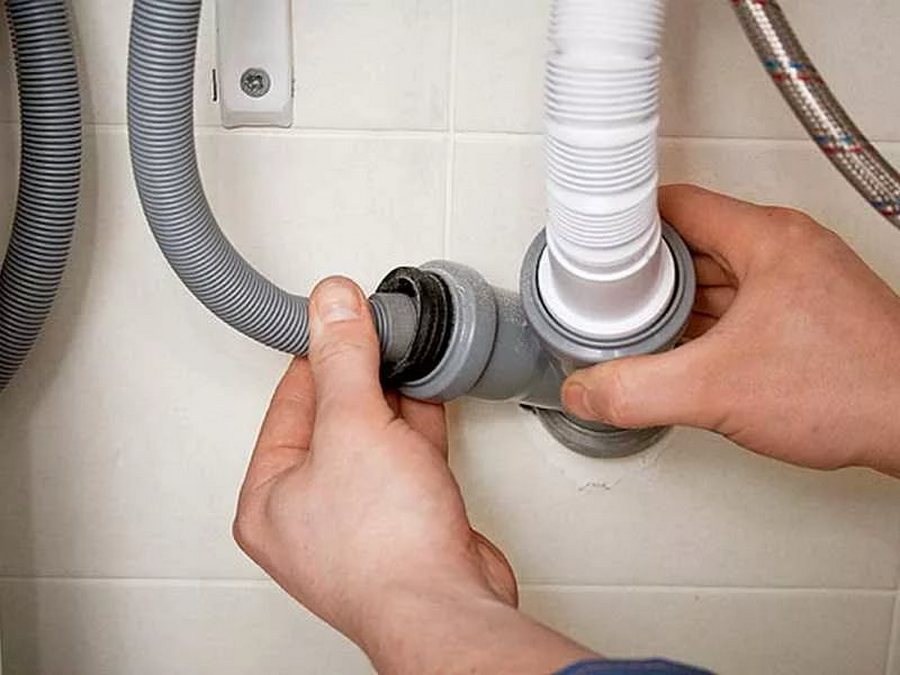
The drain hose is located at the back of the machine. If it is pinched or faulty, the problem will immediately become obvious.
To find out whether the drain system is clogged, you will need to disconnect the drain hose from the sewer system and at the same time from the dishwasher. Damage can be detected by visual inspection. The hose is also tested by passing water through it. In this case, it must be disconnected only from the sewer, but in no case from the machine.
If the hose is clean, water will normally flow out of it under pressure.
One of the common reasons why a dishwasher malfunctions is a clogged drain pump. As a rule, it is located at the bottom of the machine. To determine and eliminate the breakdown, you should remove the pump, clean it thoroughly, take a pencil and check the rotation of the impellers located inside.
If after the inspection the machine still does not start, then most likely the software module or pressure switch has become unusable.
- Problems associated with blockages
- Sewer cleaning
- In this case, during its operation, the pump simply does not have time to drain all the water. The reason for this is a clogged sewer system. Fixing this breakdown is very simple. To do this, disconnect the drainage hose from the sewer.
- If dirty liquid begins to flow from it after disconnecting, then you need to try to clean the part using your own strength: pour boiling water into the drainage hole in combination with a pipeline cleaner dissolved in it. If after such cleaning there is no result, then you will have to try to clean the pipe using a steel cable if available, or use the help of a plumber.
- Cleaning the filter
- Such a problem as a clogged filter occurs in all dishwashers, regardless of the brand of the product. To prevent the filter from becoming clogged, it should be cleaned periodically. First you need to drain all the water from the hopper, take a deep bowl, disconnect the hose and start the water drain mode. At the same time, you can check the pipe and sewer for blockages.
Before starting any work, unplug the dishwasher.
Filter cleaning steps:
Open the hopper doors.
Take out the mesh located below.
Clean parts from debris.
Rinse them under strong water pressure.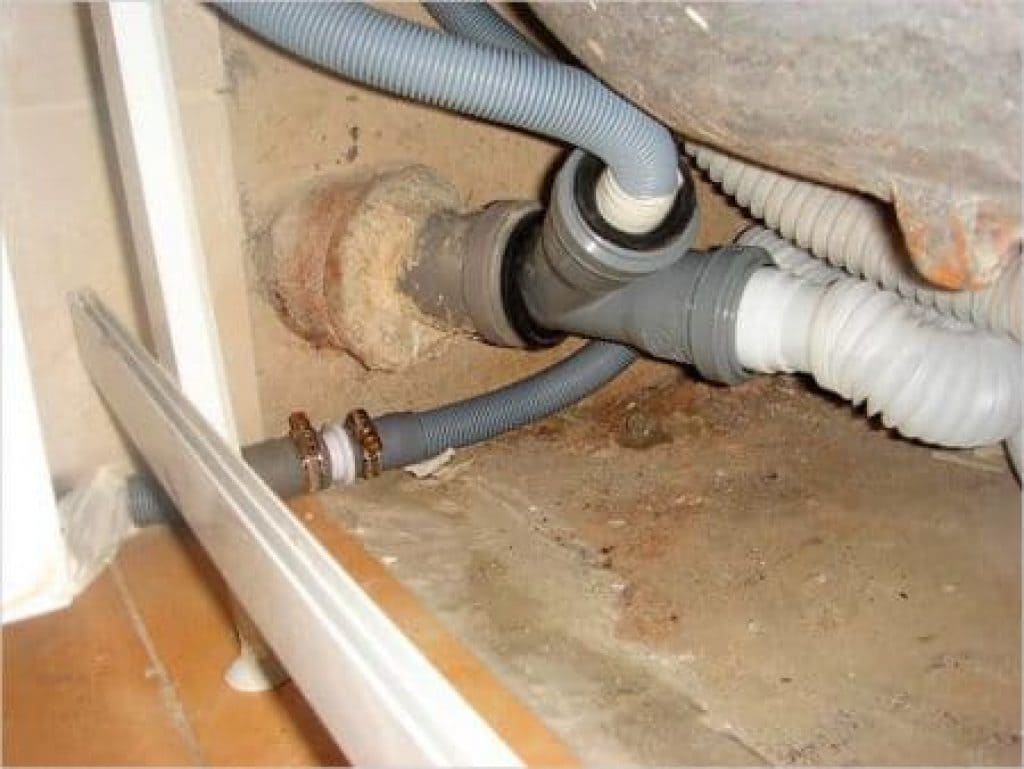
Remove the pump cover and, using gloves, check the impeller. This must be done in order to check whether it was blocked by glass shards. It is worth noting that the pump cover can be secured with a screw or latch. It all depends on the model of the dishwasher.
Start the wash cycle.
If after completing the above steps the water still does not drain, then you should definitely continue checking.
From user comments it became known that there was water in the salt compartment. They are interested in the question: should it be there?
Cleaning the pump
If it is possible to remove the pump from the dishwasher without the help of a specialist, then it is better to do this in order to clean it. To do this, you must remove the part with extreme caution. Before doing this, you need to unscrew all existing fasteners. Then you can start removing blockages. Then you need to start checking the ease of rotation of the impeller located inside. To do this, you need to use one of the following items: a pencil, a wooden spatula. You should not do this with your hands, so as not to damage your hands. After cleaning the problem areas, you need to put everything back and run the dishwasher only in test mode.
Checking and cleaning the drain hose
It happens that checking the sewer system and cleaning the filters does not bring the desired result, since the water is still not pumped out by the pump, but stagnates. This may indicate that the drain hose is clogged or pinched. First you need to check whether the hose is pinched by furniture or other objects. You should carefully examine it and feel it along its entire length. Sometimes such actions help remove the blockage.
If after inspection the hose is clean and not pinched, you should start the dishwasher to check the drainage system. To ensure the reliability of the result, you can disconnect the drainage pipe from the sewer and place it in a large container. This way you can be 100% sure of its serviceability and ability to work effectively.
Dishwasher Troubleshooting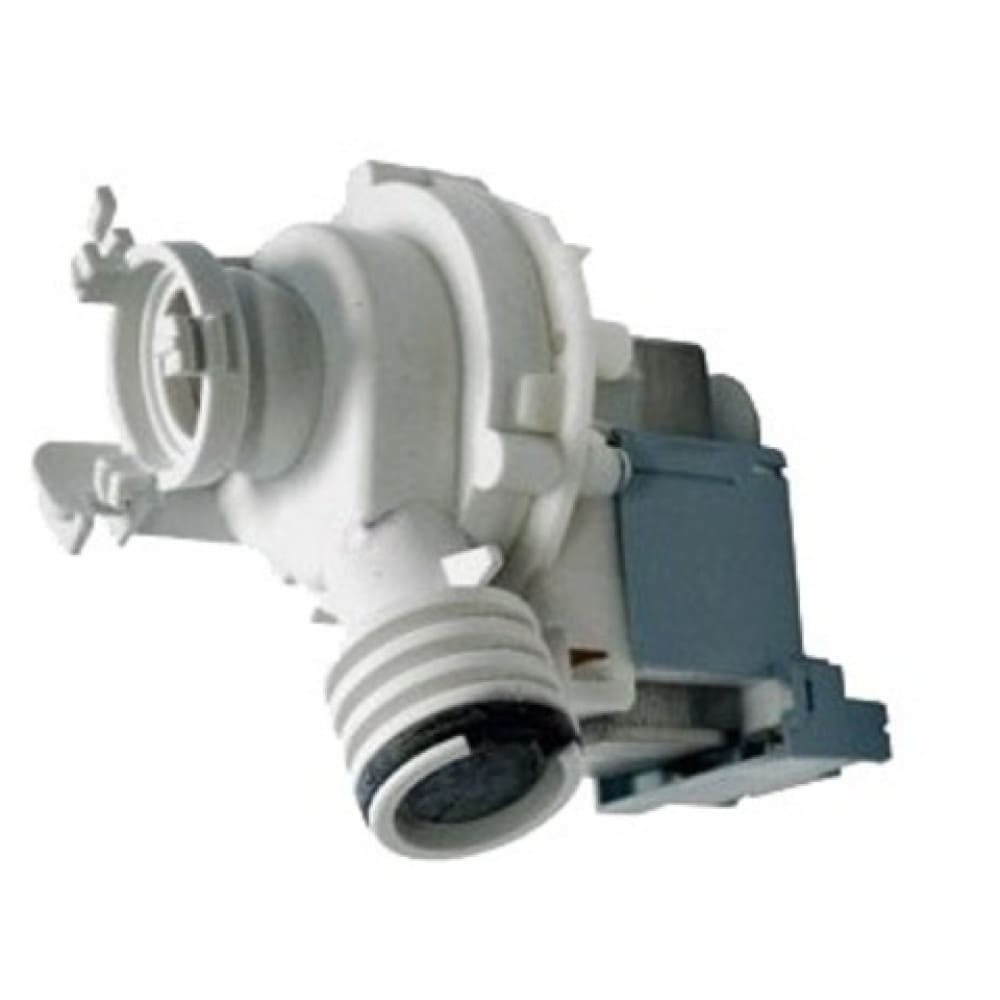
Malfunction of the pressure switch (water level sensor)
A water level sensor is also commonly called a pressure switch. The main function of this part is to measure the water pressure in the dishwasher and send a signal to the software module. This information is required each time a wash cycle is started. If the data is not loaded on time, this leads to a program failure and incorrect operation of the machine.
This part, depending on the type of device, may have an electronic or mechanical device. The water level sensor operates on the principle of communicating vessels.
Reasons for failure of the pressure switch: wear of the part, oxidation of the contacts, blockage in the tube and puncture.
- In order to reach the pressure switch, you must completely turn off the dishwasher. The water level sensor in the machine is located under its bottom and looks like a plastic box, to which a pressure tube leads. To check the sensor, you need to disconnect this tube using pliers, then remove the fastening screws and remove the sensor.
- The serviceability of the water level sensor can be checked by blowing into the tube. If the part is faulty, it will make a clicking sound after a couple of seconds. You should also check the device's ability to conduct electricity. To do this you need to use a multimeter. A smooth decrease in resistance to zero indicates the serviceability of the device. A failed part cannot be repaired, since after disassembly it is not possible to put it back together.
- Pump failure
- The main function of the drain pump is to remove water from the machine.
- If a situation occurs that the drain pump fails, then the water will not pour out of the machine, but will simply remain in the appliance until the owner of such a kitchen unit replaces the part with a new one.
Determining whether a given mechanism is broken or not is quite simple. It is necessary to trace this moment. When the water drain starts, a characteristic sound comes from the working form. If there is no sound, it means that the pump has failed.
The drain pump has a unique design. It is worth noting that beyond the boundaries of the impeller and magnet there are electrical elements of the stator. Thus, they are protected from water, that is, completely isolated from it. Magnetic induction causes the rotor and impeller to rotate. Due to this, water is pumped. If the pump impellers are filled with dirt, the coils simply do not have enough power to rotate the rotor. This kind of damage is easy to fix. You just need to disassemble the pump and clean it.
When cleaning the pump, it is best to treat the shanks with a special heat-resistant lubricant. This should be done so that such a lubricant is not quickly washed away by hot water while washing dishes.
How to get to the pump:
The first step is to remove the water from the dishwasher by hand or tilt the machine forward.
Pull out the filter.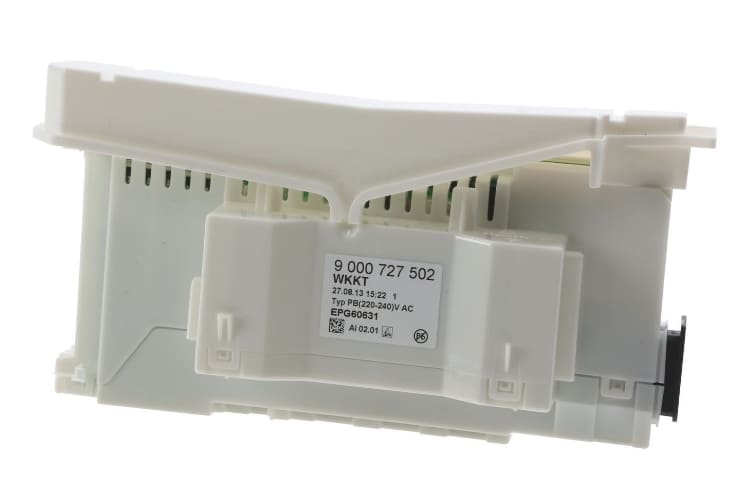 Place the dishwasher on the back panel so that the tray can be easily removed.It is secured with self-tapping screws.
Place the dishwasher on the back panel so that the tray can be easily removed.It is secured with self-tapping screws.
Next, unscrew the part itself and remove all existing hoses.
First we check how the impellers rotate. If intermittent rotation is not observed, this indicates that the mechanism needs to be replaced.
Next, we look at the resistance indicators, while attaching the multimeter fasteners to the contacts located on the pump. The standard normal parameters are considered to be within 200 ohms.
After completing all these steps, you can begin assembling the pump housing. But, before assembling it, you should replace the gasket or use heat-resistant silicone sealant. You also need to check the wiring that leads to the pump.
If the wiring is faulty, then the pump will have to be completely replaced.
It is worth noting that such a part as a pump is practically irreparable. In isolated cases, you can get by with lubricant or simply removing dirt from the impeller. But if the pump is completely faulty, it is better to contact a manufacturer’s representative, order a new part and replace it. This is done using the reverse disassembly algorithm.
Failure of the software module
The software module is available in all models of modern dishwashers.
- Replacing or repairing it is one of the most difficult problems that is directly related to getting your dishwasher working again. This part is a kind of “brain” of the dishwasher.Its function is to control the operation of all systems.
- The software module can also analyze the washing cycle and issue commands to the components, namely the pump to drain, the inlet valve to collect water, and the heating element to heat the collected water.
- If a power surge occurs or moisture gets inside, the software module may be damaged. Thus, he will give commands incorrectly or become silent altogether. There are cases when a module can be repaired if one of its elements is faulty. Then you will need to reprogram it or completely replace the board.
- If after flashing the dishwasher continues to work incorrectly, then this state of affairs indicates the presence of a physical breakdown of the control unit. But it is not recommended to try to repair it yourself. It is better to turn to specialists for professional help.
- Often the block cannot be repaired. There are very few craftsmen who can identify burnt out parts on a board and replace them. Carrying out such manipulations requires experience. It is very easy to spoil such a software module. It is one of the most expensive parts installed in a dishwasher.
In what cases is it better to seek help from a specialist?







